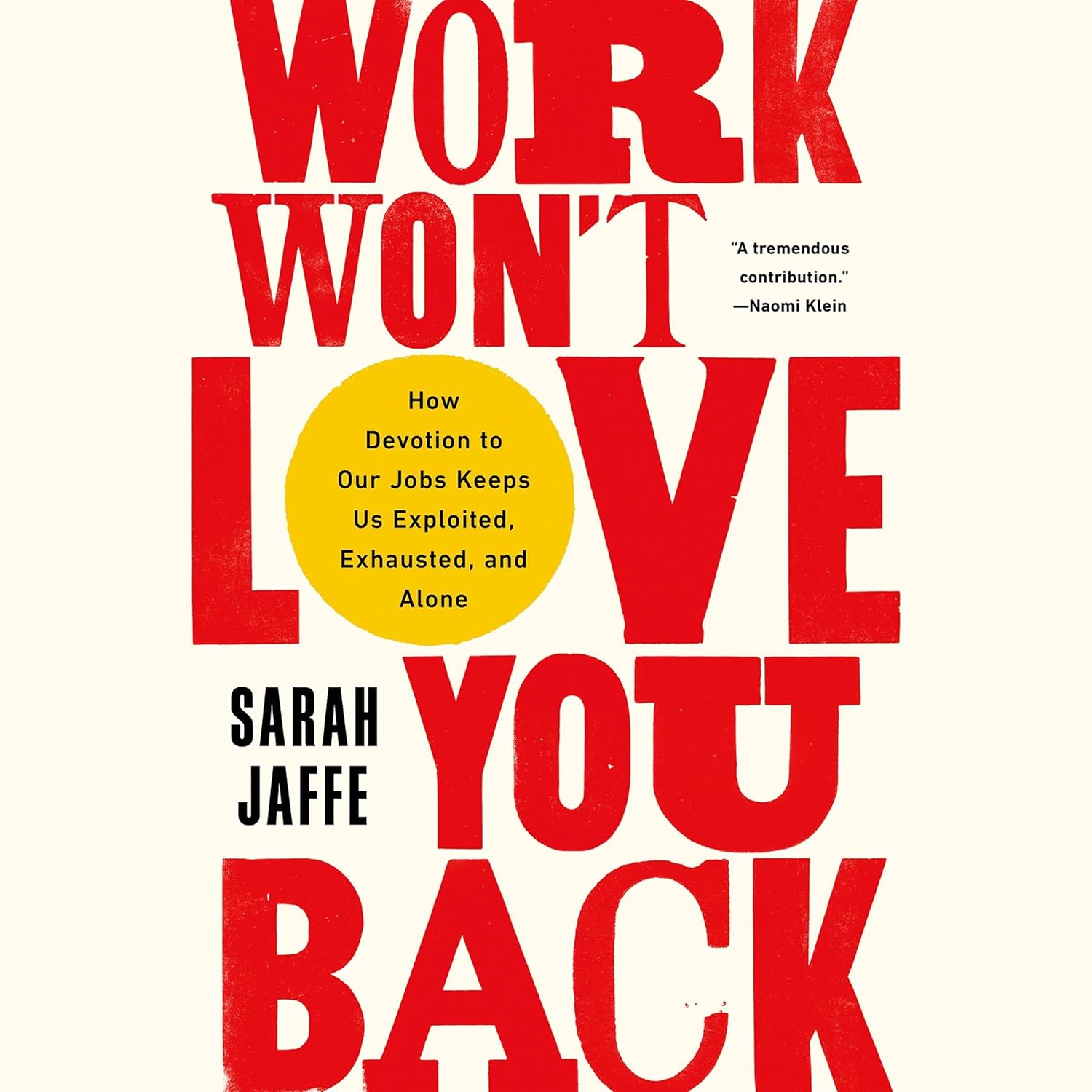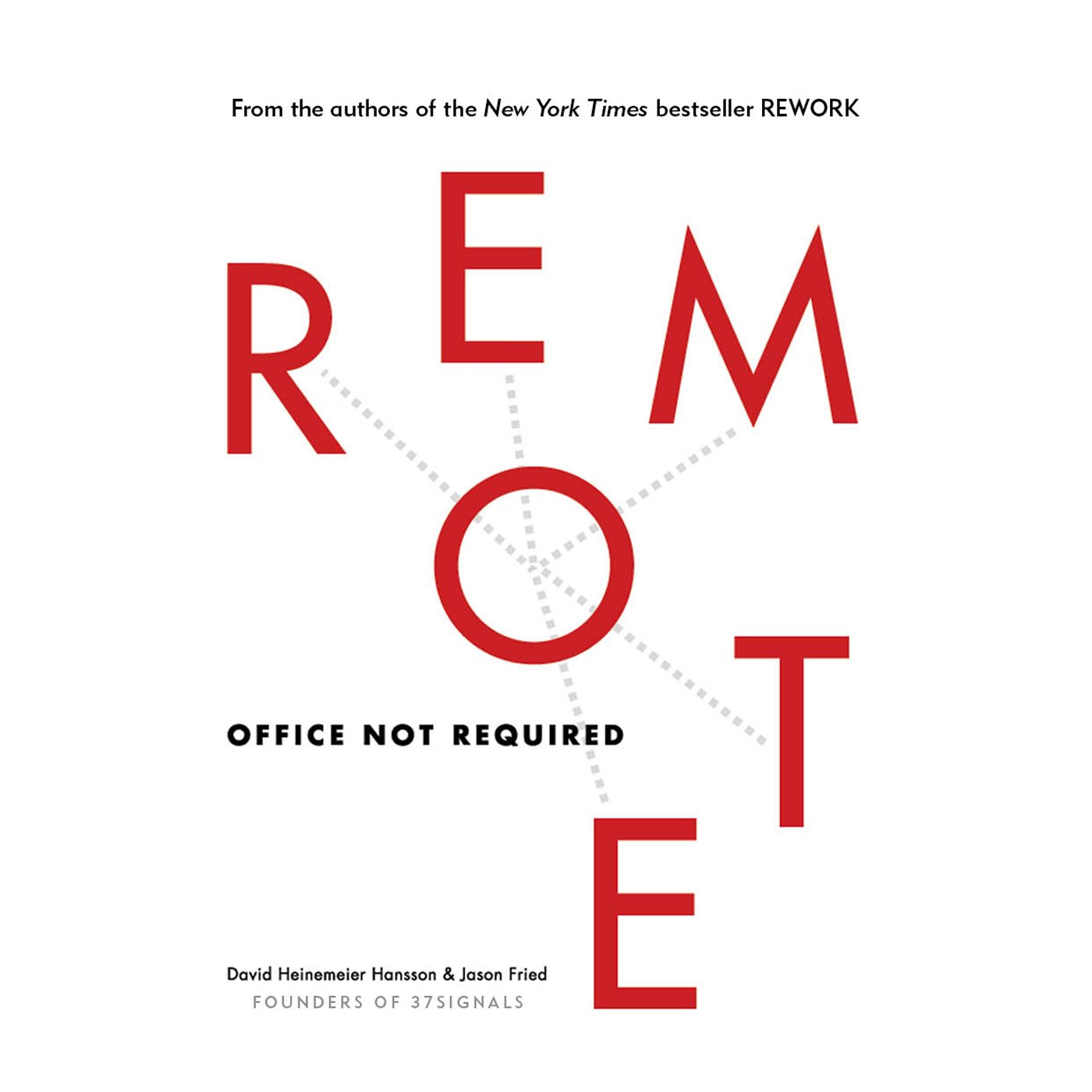Working from home is great — no traffic, cozy surroundings, flexible hours. But a sedentary lifestyle can cause problems over time. In this article, we’ll show you how to stay in shape between Zoom calls and deadlines, avoid stress and back pain, and keep your product
How to achieve work-life balance while working remotely
When a home turns into an office, maintaining balance becomes insanely difficult. However, the right balance between work and personal time while working remotely increases job satisfaction and improves quality of life. In this article, we will share how to achieve this most effectively.
Key takeaways
Properly structured daily routine, remote workers can work efficiently, which significantly increases productivity
Regular breaks and strict boundaries can help you prevent burnout
Using proper remote work methodologies can greatly improve your overall satisfaction with life and your well-being
Dedicated working space
A properly organized workspace can mean the world for your productivity and motivation levels. A dedicated workspace is not just a corner for your laptop but an important psychological instrument that helps your brain distinguish between professional and private life.
If done correctly, it can not only lower your overall stress levels but also significantly improve the speed at which you switch between work and rest. Less time spent trying to get yourself to work or relax means more time for, well, actually being productive and rested.
Let’s go through the key components of your working space:
- Separate working zone. A separate room if the budget allows.
- Good lighting. If natural light isn’t an option, then good warm lighting will do the trick.
- Ergonomic appliances. Your aching back will thank you for a proper office chair with back and neck support—trust us.
- Sound isolation. This one’s optional, though. If the white noise of the city or street works for you, then go for it.

Energy management
Remote work is all about healthy and well-thought-out energy distribution. When you’re in an office, with at least a couple of managers breathing down your neck, it’s much easier to stay motivated and know exactly where to focus your efforts. At home, though, things become more complicated—you’re now responsible for both your work results and your rest.
What can help you:
- Keep an eye on your activity peaks. It works differently for everyone—your best time could be 8 AM or 9 PM. Whatever works for you is fine, as long as you’re doing it properly.
- Plan your breaks. The Pomodoro technique is a good option, sure, but your ideal rhythm might be different. Figure out what tempo suits you best and act accordingly.
- Prioritize. Is your energy peak at 1 PM? Great – schedule your most important and difficult tasks for that time. Everything else can be done before or after.
- Let yourself restore. Just "resting" might not be enough. Think about what activities truly replenish you personally – whether it’s art, video games, reading, or video essays.
- Digital detox. Set aside at least half an hour during your workday when phones, laptops, and smartwatches are an absolute no-go. It does wonders for your brain.
Habit building
Daily rituals play a huge role in how your brain perceives work and rest. Getting everything on track and practicing proper habits daily can really turn your life around. So think of what works for you, and do your best to stick to it for as long as possible.
Here are a couple of very basic things you can start doing daily to improve your overall well-being and keep your motivation and productivity levels stable:
- Mindfulness session. This can take 2, 5, or 15 minutes—whatever works for you. Meditate, think about what’s worrying you, and how real it actually is. It helps with focus, clears the junk from your head, and reduces anxiety levels.
- Movement breaks. Stand up from your desk, couch, or bed (we do not judge), and move a little bit! Stretch, take a 10-minute walk, or do some yoga—everything works. Do this every hour—it’s extremely beneficial for both your body and mind.
- Pomodoro technique. Take 5-minute breaks every half hour, and a 15-20 minute break after 4 sessions in a row. It sounds simple, but it really helps prevent you from becoming overwhelmed.
- Cold shower or face wash every couple of hours. Yes, we’ve seen all the ice bath memes. But trust us, it does have its benefits. Cold water makes your brain briefly think, “Am I dying?” which resets your nervous system and gives you a healthy dose of adrenaline.
Boundaries
The way you communicate with your bosses, co-workers, and, subsequently, loved ones can play a huge part in your work-life balance. TL;DR – all should be as separate from each other as possible.
Here are a couple of rules to keep in mind:
Clear communication windows. Set specific hours for meetings and work calls; this will help you focus.
Meeting detox. Take some hours during the day when you’re unreachable. This will work wonders for your overall focus levels and help you structure your day. Some flexibility is allowed here—these hours can be about being unreachable and focused on yourself, or on specific tasks where concentration really matters.
Contingency rules. There’s a strict window when you can be reached—that much is clear. But what if the office is on fire and you’re the only one with the extinguisher? Explain to your team members what "fires" are big enough to contact you outside your working hours and what can wait.
Burnout prevention
Big and scary word – burnout. It actually is. Having your daily working process in constant tension and disorganization will lead specifically to this – you losing all motivation and wishing for nothing but a 3-day-long bed-rot session. Sometimes it’s normal – we all get tired from time to time. Other times, however, it’s your body telling you, “Dude, stop.”
A few tips to keep burnout at bay:
- Regular physical activity. It’s not just a cop-out, but real advice from very real specialists – physical activity de-pressurizes your nervous system.
- Fresh air. Yes, you’ve heard us. Walks, some greenery, grass-touching sessions – all that seems incredibly obvious but works wonders for your mental state if done regularly.
- Work-unrelated banter with your colleagues. Jessica from HR is a real human being, not just a concept. She probably has a few interesting things going on in her life and is probably eager to tell you about them. Remind yourself that your bosses and colleagues are human beings suffering from very similar problems and emotional issues.
- Mindfulness. Meditation, breathing exercises – all great ways to calm the storm in your head and keep burnout at a safe distance.
- Honesty regarding what you can do and what you can’t. Regularly review your tasks and try to understand what’s under your control and what stopped being fixable long ago. Pushing yourself to the limits as a means to improve is overrated.
- Seek help. This could mean everything from simply asking your colleagues for help with certain tasks to literally seeking medical advice – don’t be afraid to reach out.
Interesting fact 
According to research, employees who use time-blocking techniques are 3.5 times more likely to achieve a good work-life balance and complete projects 30% faster!
Related articles:
To learn more about maintaining productivity, check out the article How to avoid burnout: Key strategies for maintaining well-being.
To improve remote work organization, read How to collaborate effectively with remote teams: Tools and tips.
For family-oriented strategies, read Parenting and remote work: Tips for balancing family and productivity.
Conclusion
A good work-life balance requires more than just a desire—it takes clear planning and consistency. By using the right habits and tools like Taskee, remote workers can create an environment where both work and personal life thrive.
Recommended reading 

"Work Won’t Love You Back"
Science-based strategies for creating clear boundaries between work and personal life in the digital age.
On Amazon
"Remote: Office Not Required"
A book sharing the experience of creating a successful remote team, offering practical advice on organizing work outside the office.
On Amazon
"The 4-Hour Workweek"
The author offers strategies to optimize work processes, freeing up time for personal pursuits and travel.
On Amazon






